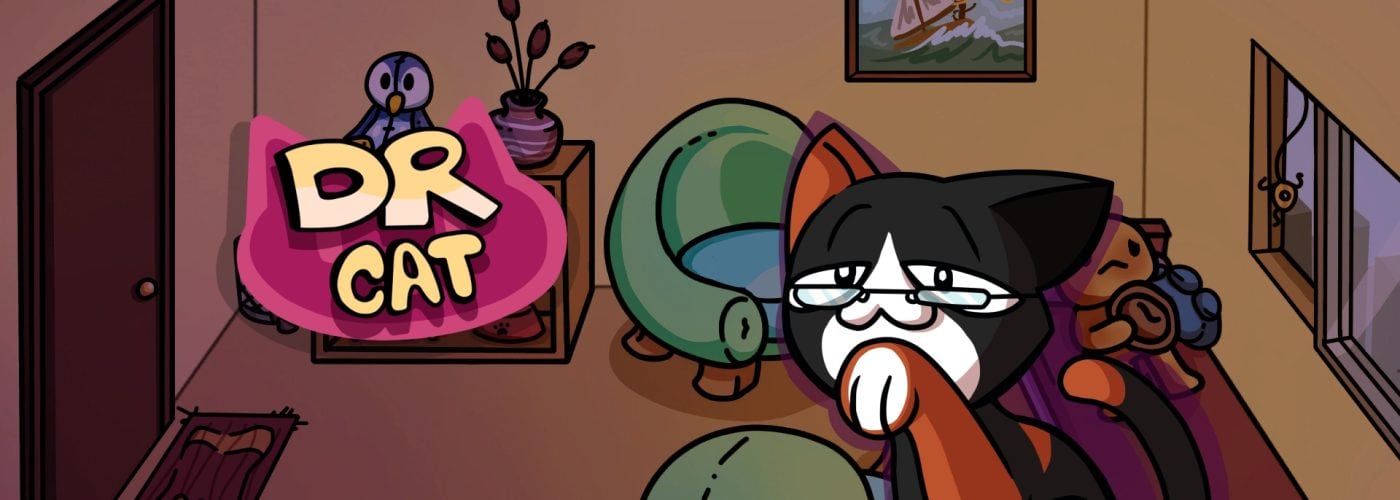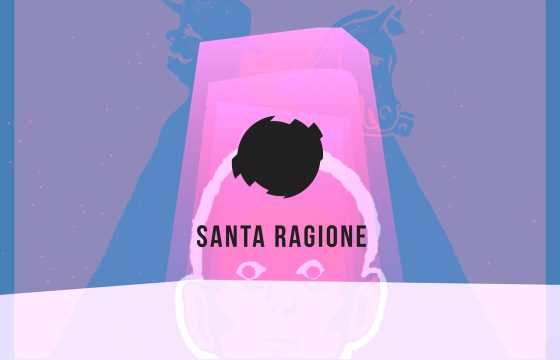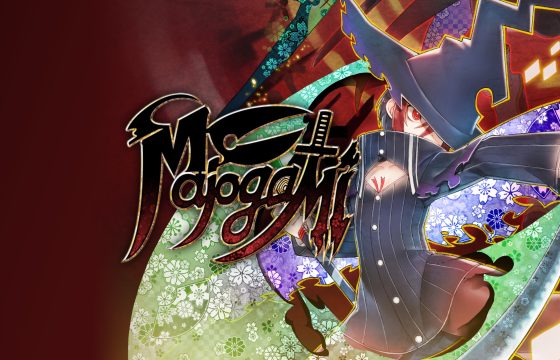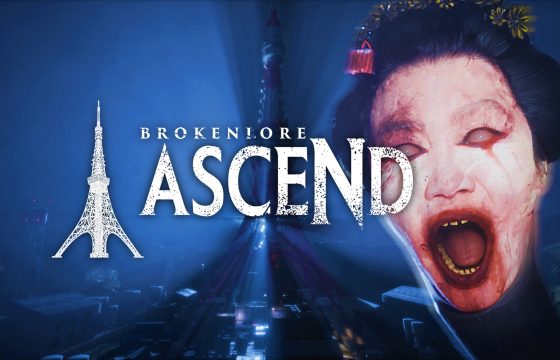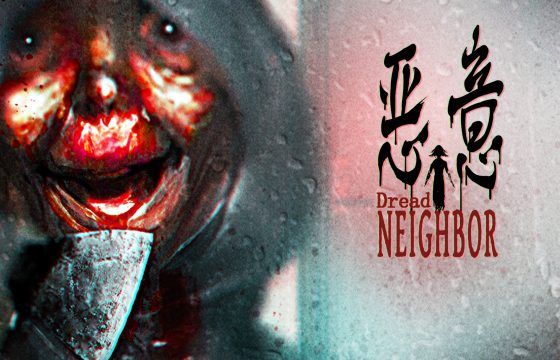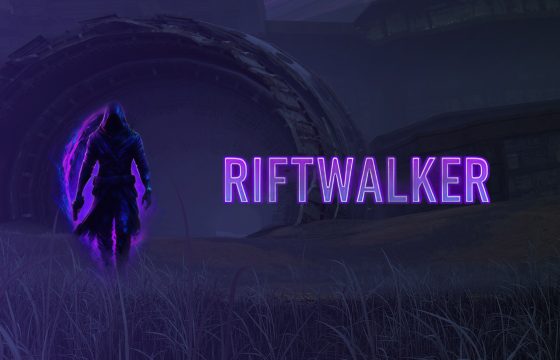A small pastime that focuses on important themes like mental health

Doctor Cat, released for Xbox on April 11, 2024, already available for PC since July 20, 2023, and for PlayStation since January 20, 2024, is a small relaxing video game that starts from some interesting premises.
Developed by Headway Games, a Portuguese game company focused on creating simple and short games, such as Golf: Hole in One, Finger Football: Goal in One, and Puzzlerio.
One of the premises that intrigued me is the presence of cats as protagonists of the story. Of course, we’re not talking about Stray, but these cats go to therapy, and we have to play right in the office of a cat psychologist. The combination of these two aspects piqued my curiosity.
Doctor Cat
Our psychologist cat is sitting with a notebook and pen in hand and wears a pair of glasses. Ready to take notes, he welcomes his patients one by one.

Doctor Cat has an apparent ironic and light tone, not so much because of the presence of cats, because Stray itself has taught us how a video game with a cat as the protagonist can ultimately be profound and address very important themes.
It’s the aesthetic impact and the graphic choices that have made the tones appear so seemingly light. But I’ll talk more about that later.
What seems to be a light and relaxing video game – which it is for the most part – actually intends to address very sensitive issues such as mental health.
Doctor Cat, therefore, has the important role of listening to his patients’ problems and ultimately making them feel better.
In reality, he makes them feel better just for having listened to them and almost nothing more, or at least that’s what we see. The dialogues don’t tell us much about how Doctor Cat actually handles the serious problems that the cat-patients talk about. And this is one of the aspects that I personally found critical in this video game.
The writing is a bit superficial and sparse, and considering that in terms of gameplay – which I’ll talk more about later – we’re not facing any great complexity, and that even the work done with the graphics, although well executed technically, is simple, I would have expected something more, at least in this aspect.
I mean, everything should have been focused on the writing, since the graphics and gameplay are rather elementary.
I also find it a bit difficult to see this title suitable for a too young target audience. If it were, it would justify the simplicity of the dialogues and writing, at times a bit banal.
However, for the themes addressed, which we will now delve into, I find it difficult for a child to play without asking a lot of questions, especially because we see a series of problems not explored enough, and we haven’t an idea of how to manage them.

The first step is awareness
Our cat-patients expose to Doctor Cat what afflicts them, and we face twelve problems, all of considerable importance.
Each patient first states the aspect of their life that causes them discomfort and suffering, to the point of convincing them to go to therapy. Therefore, they are aware of having a problem.
The importance of going to therapy, but above all of becoming aware of the existence of a problem that creates existential difficulties, is a good message to convey, and from this point of view, Doctor Cat seems to communicate it rather well.
The patients’ testimonials are all sad and complex. Written in a very concise manner, like all the dialogues present, but still effective in helping us understand what problem is being discussed, these testimonials are at times disturbing, which is made a bit cringeworthy by the fact that two-dimensional cats are speaking, with the pretense of being as cute and tender as expected from cats.
Now, I’ll list in order what problems the cat-patients present, just to give an idea of the level of importance and partly the missed opportunity of Doctor Cat to properly explore them.


We start with the first patient who has practical problems that afflict him greatly, such as those of an economic nature that cause him great concern, especially because he has a family to support.
The second patient instead has to face trauma following an adventure inside a cave. Then an another patient who has problems managing anger and often finds himself in violent fights.
From here a series of difficult situations such as that of managing a recent change that has triggered a series of uncertainties and performance anxiety, or that of communication problems within a couple.
In addition, eating disorders, such as food addiction, or depression and lack of motivation, problems dealing with the death of a friend, behavioral problems like excessive arrogance that have led the patient to be alone.
There are also issues such as ADHD and difficulty staying focused at work, or obsessive-compulsive disorder, and, finally, self-esteem problems and the paralyzing fear of failure in work and life.

In the end, we find ourselves a bit sad and depressed, which means that the emotional impact triggered by these problems and how they appear is quite strong.
But how are these problems presented to us?
Putting the pieces back together
Doctor Cat is a casual tile-swapping game, very simple and therefore relaxing. In terms of gameplay, therefore, all we have to do is reassemble images that, after listening to the problems of the cat-patients, present themselves to us fragmented, in two levels of difficulty, which consist of the number of tiles that make up the image.
There is an additional level of difficulty, namely the jigsaw completion time.
Furthermore, there is a random generation of the jigsaws, so you can replay them as many times as you want.

The gameplay is simple, and so is the graphics. There are really few drawings and minimal animations; however, the boards we have to reassemble – 12 in all – are well done, technically speaking.
They are in 2D hand-drawn, with stylized strokes but with good attention to detail. I particularly appreciated the use of lights and colors, which, in addition to giving a good aesthetic result to the image, evoke the mood of the cat-patient represented in that scene. Score 8 for the illustrator.

In conclusion
Doctor Cat does not present itself as a game with great pretensions, and in this it is honest and works; however, it does have one pretension, a very noble one, it must be said, which is to talk to us about important issues such as mental health and psychotherapy.
In my opinion, it doesn’t fully succeed. The intent is good, and the message of the heaviness of some problems that greatly impact everyday life, somehow gets through.
However, I would have expected something more from the writing – from the dialogues – given the importance of certain themes.
Noble intent, therefore, and good idea, it could have remained as simple as it is, with some more technical care – I didn’t particularly love the only music present either -, but it should have paid more attention to the themes it wanted to address. A partly missed opportunity.
Doctor Cat
PRO
- Noble Intent: The game aims to address important themes related to mental health and psychotherapy, raising awareness about such issues
- Relevant Message: Despite its limitations, the game manages to convey the weight of problems that impact daily life, sparking discussion on significant issues
- Simplicity: The game’s straightforward approach can make it accessible to a wide range of players, contributing to its reach
CON
- Superficial Writing: The dialogue and overall writing lack the depth necessary to fully explore the themes addressed, resulting in a less engaging experience
- Lack of Depth: Despite its noble intent, the game fails to offer a thorough analysis of the issues presented, thus missing the opportunity to provide a more comprehensive understanding
- Technical Shortcomings: Some technical aspects, such as the lack of variety in the soundtrack, could diminish the overall gaming experience, limiting its appeal to players

